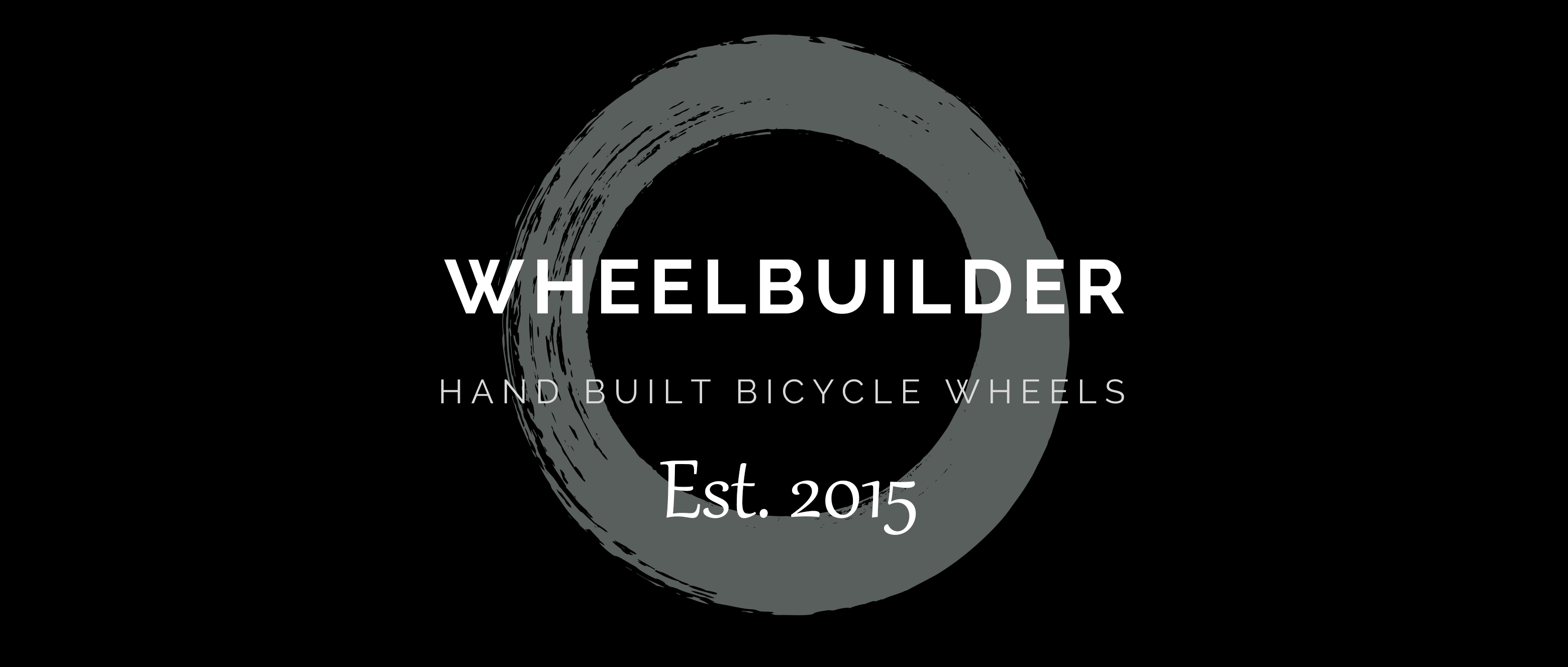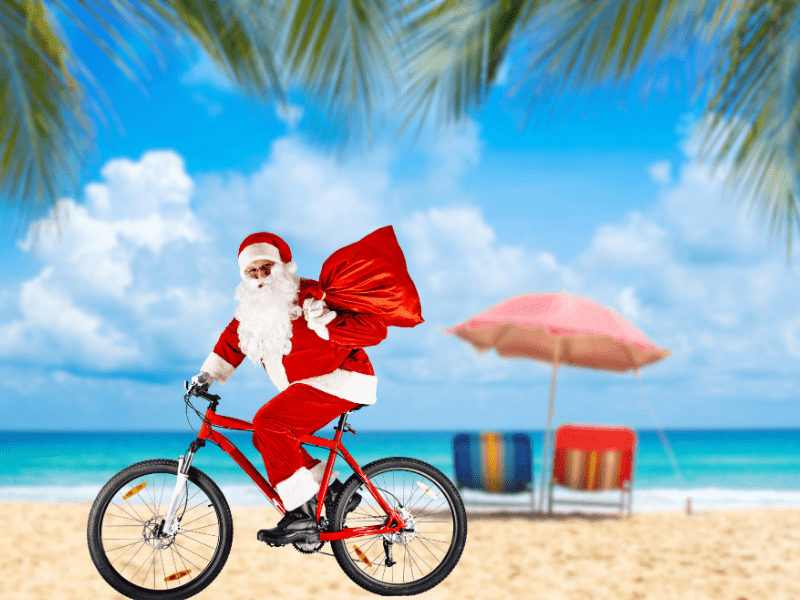If you’re taking your bike with you on holiday this year, and are planning some epic rides, don’t let simple mechanicals or other preventable issues ruin your rides.
In this article I’ll address a handful of common problems you are likely to experience while on holiday with your bike, and simple solutions to either prevent them, or solve them quickly and easily.
I’ve also put together a combo-pack of ride-saving goodies you can buy, to take with you on vacation.
Click here to check it out. (rim tape, valves, sealant, tubeless plug tool, chain gauge)
Wheel-related issues:
Flat tyres.
Nobody likes getting a flat before, or during a ride, especially when you’re least prepared to deal with it.
Here are 4 tips that will prevent flat tyres from ruining your experience.
- Tubeless sealant.
- Before leaving home, make sure your tyres are freshly topped up with enough sealant.
- 80ml is enough for a 29er MTB wheel, and should easily last for 4-6 weeks unless you get a massive cut in your tyre.
- Take a spare bottle of sealant with you on holiday.
- Refer to my buyer’s guide article on tubeless sealant here.
- Make sure your tubeless rim tape is in condition. If the tape is bulging into the spoke holes, is damaged, or lifting at the edges, install new tape.
- Tools. Yes, you may need to fix a flat tyre.
Here’s a list of tools you should consider carrying with you on your rides.- Good quality tyre levers. Nobody needs to struggle to remove or install tight tubeless tyres.
- A tubeless plug kit. These come in basic form, or more advanced designs like the Stan’s Dart.
- Patches and mushroom plugs can be used to fix tyres which have holes too large for sealant to plug.
- A spare tubeless valve could also save your ride – I have seen valves snap clean off when pumping up tyres.
- Inflation – for your tyres.
- Yes, if you get a flat out in the wilderness, you’ll need some way of re-inflating your tyre.
- You have 2 options: a pump or CO2 canisters, AKA bombs.
- Make sure you can carry these comfortably on your rides, and know how to use them before you need them.
- Here’s a cool video showing you how to use a CO2 bomb.
- A spare tube. Sounds simple, right?
- Make sure the tube is the right size and has the right valve design.
- Consider using a tube which comes with sealant already inside.
- If it’s a used tube, test the tube to make sure it doesn’t have any holes in it.

Buckled rims.
Many things can cause a wheel to go out of true. Some are easy to solve. Others are not.
Let’s explore.
- Broken spokes (or nipples).
- If you break one or more spokes, that are of the wheel will have less spoke tension holding everything in line, and chances are good your wheel will become wobbly.
- This is mechanically more complex to remedy, but if you’re handy, you can carry a spare spoke and nipple, and simply replace it yourself.
- You may need to remove the cassette and/or brake disc to make replacing the spoke possible.
- Carry a spoke of the correct length. An online spoke length calculator may help you determine what that length is, or you can remove a spoke and measure it.
- You’ll also need the appropriately-sized spoke wrench. Or get one that can accommodate all the common sizes. Many multi-tools have built-in spoke wrenches.
- Once you have replaced the broken spoke, tension the new one so that when you pluck it like a guitar string, the tone is the same as the spokes adjacent to it.
- Spokes that simply come loose.
- Spokes that lose tension will cause a wheel to become wobbly.
- Re-tension the affected spokes and this should remedy the situation.
- Use the tension of adjacent spokes to gauge the correct tension.
- NB!! When you tighten a spoke, the rim will be pulled towards it, and vice versa.
- Crash damage.
- This is the worst kind, and least likely to be fixable on the trail.
- You may need a replacement rim or at least a loan wheel – reach out to a wheel builder or bike shop for assistance.
Hubs don’t often fail in manner that is catastrophic – have them serviced once a year and you should be fine.
Drive train issues
Nothing is more annoying than gears that don’t shift properly, chains that skip and jump or weird noises coming from your drive train.
- Make sure your chain is not worn out.
- Get a cheap chain-checker, and replace your chain once it reaches 0.75% wear.
This prevents damage to your cassette and chainrings. - If the wear indicator is at 0.5% or more, consider taking a brand new chain with you on your travels and replace your chain once it reaches 0.75%.
It’s not uncommon for a chain to reach 0.75% in 2000km or less, depending on riding conditions. (My chains on my singlespeed MTB typically only last 1500km.)
- Get a cheap chain-checker, and replace your chain once it reaches 0.75% wear.
- Carry a spare rear derailleur hanger.
- If your bike falls onto the rear mech, you could bend or break the hanger, rendering your gears unusable at best, your bike unrideable at worst.
- Carry a chain quick-link and chain tool.
- If your chain breaks or a link bends, remove it, install the quick-link and keep riding.
- Need to adjust and fine-tune your gears?
- Watch this video I made a few years ago.
- Don’t forget to bring chain lube!

If you’re on an e-bike….
- Check your chain wear regularly – e-bikes eat chains.
- Use all your gears – sticking in 1 or 2 cogs may be fine for riding, but will destroy your cassette.
- Keep an eye on your rims, especially at the spoke holes. If you see cracks appear, upgrade your rims to something stronger.
- If you’re breaking spokes, have the wheels rebuilt by a professional with new spokes.
- Consider using rim inserts like Vittoria Airliner or Cushcore to prevent denting your rims on rocky terrain.
- You could proactively upgrade your wheels anyhow, and avoid worrying about your average factory-built wheels. Click here for an obligation-free quote.

Other issues
With so many moving parts on your bike, and different riding conditions, there are many other things that could happen.
Prepare for any eventuality by carrying some other basics with you on your journey, and even on your ride:
- Cable ties. Obviously.
- A small roll of Gorilla Tape or electrical tape.
- A small folding multi-tool with allen wrenches, screw drivers, T25 torx bit (for brake rotor bolts) and chain-breaker tool.
- A Leatherman or other kind of pocket knife.
- Energy gels or bars. I love FastBars and coffee-flavoured gels.

Many issues occur when transporting your bike.
I’ve seen carbon rims and tyres melt from the heat of car exhausts while the bike is on a rear-mount rack. I’ve seen bikes destroyed while being carried on rooftop racks.
I’ve personally had a bike hop off a rear rack at 120km/h. It’s not pretty.
Make sure your rack is positioned well, is secure, and the bikes are properly attached, and protected from damage.

Thanks for reading, and I hope you have a super holiday, wherever you may go.
If you’re looking to spoil yourself with a new set of wheels for Christmas, request a no-obligation quote by clicking here.


No responses yet